In the world of audio, there are a variety of different cables and connectors available for transmitting audio signals. The most common audio connector is a 3.5mm jack. But these days USB connectors became more famous. The only reason is smartphone companies removing the 3.5mm headphone jack and only providing USB connectors. Now, the question is USB audio better than 3.5mm? In this blog post, we’ll explore the differences between USB audio and 3.5mm audio, the Pros & Cons, and help you determine which one is right for you.
To determine is USB audio better than 3.5mm we need to understand how we hear a sound, and how USB Type-C audio and 3.5mm audio are transmitted. Let’s explore!
How do we hear a sound?
We hear a sound through a sound wave and we call this sound wave an analogue signal. Sound waves travel through the air and then hit our eardrums. Once the sound wave hits our eardrums, it causes them to vibrate. When the sound vibrations reach the hair cells, they bend and generate electrical signals that are sent to the brain via the auditory nerve. The brain then interprets these signals as sound, allowing us to hear and distinguish different types of sounds. And, this calls the analogue process of hearing a sound.
Learn more deeply about how we hear sound.
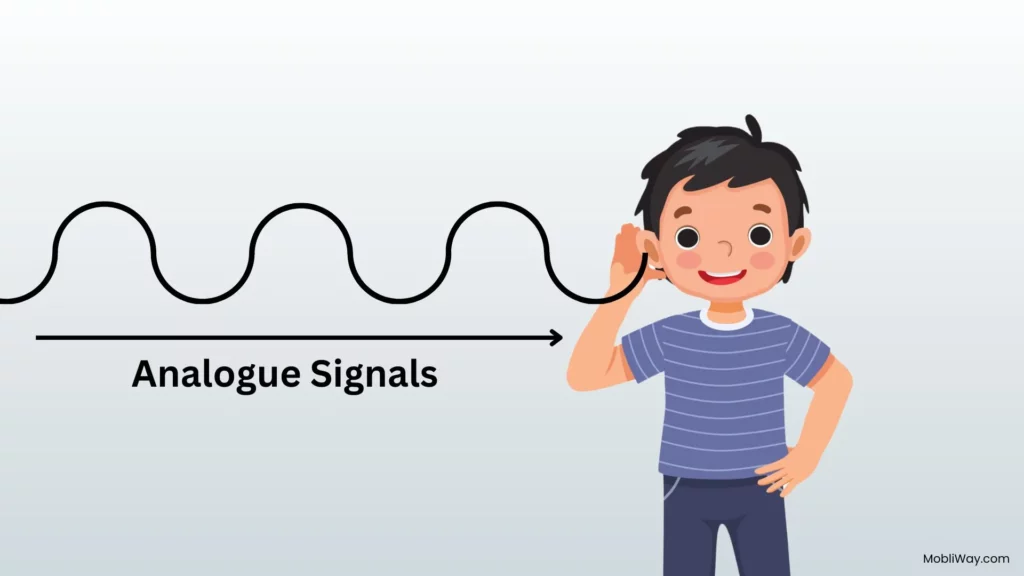
Now the thing is smartphones don’t use or understand the analogue audio signal. It only understands digital signals like 1 and 0. For example, 01001101 01101111 01100010 01101100 01101001 01010111 01100001 01111001.
To understand audio files smartphones use Analog To Digital Converters (ADC). By using these digital signals smartphones store audio files.
When it’s time to hear the audio sound from the smartphone, it needs to convert the digital audio signals(1 and 0) to analogue signals and transmitted those signals to speakers or headphones. Then speakers or headphones convert the analogue signals back into sound waves that we can hear.
This process is usually performed by a digital-to-analogue converter (DAC) that is built into the smartphone or the audio device that is being used. The reason why it uses is because the digital signals 1s and 0s couldn’t make any sound.
How are 3.5mm audio signals transmitted from a smartphone?
If you have an mp3 file on your phone, it’s likely in a lossy compressed digital format. In order to play this file, it must first be decoded into an uncompressed audio format. This signal is then converted from digital to analogue using a digital-to-analogue converter (DAC).
Once converted, the signal is sent to your headphones or speakers via a 3.5mm connection, allowing you to hear the high-quality audio you were looking for.

Process: Mp3 audio > Decoder > DAC > Headphone or Speaker
It’s important to note that the quality of the analogue signal or Audio can be affected by factors such as the quality of the DAC and the length and quality of the cable used.
If you are looking for a smartphone with a 3.5mm headphone jack then this article is for you Flagship Phones With Headphone Jack.
How are USB audio signals transmitted from a smartphone?
When it comes to transmitting USB Type-C audio signals from a smartphone, the process is a bit different. Firstly smartphone decodes the audio file and then sends the signals to the USB connector. USB audio signals are digital, meaning they are sent in a digital format from the smartphone to an external device such as a USB Type-C headphone digital-to-analogue converter (USB DAC).
Once the USB DAC receives the digital signal, it converts it into an analogue signal that can be sent to your headphones or speakers. Then you hear the audio.
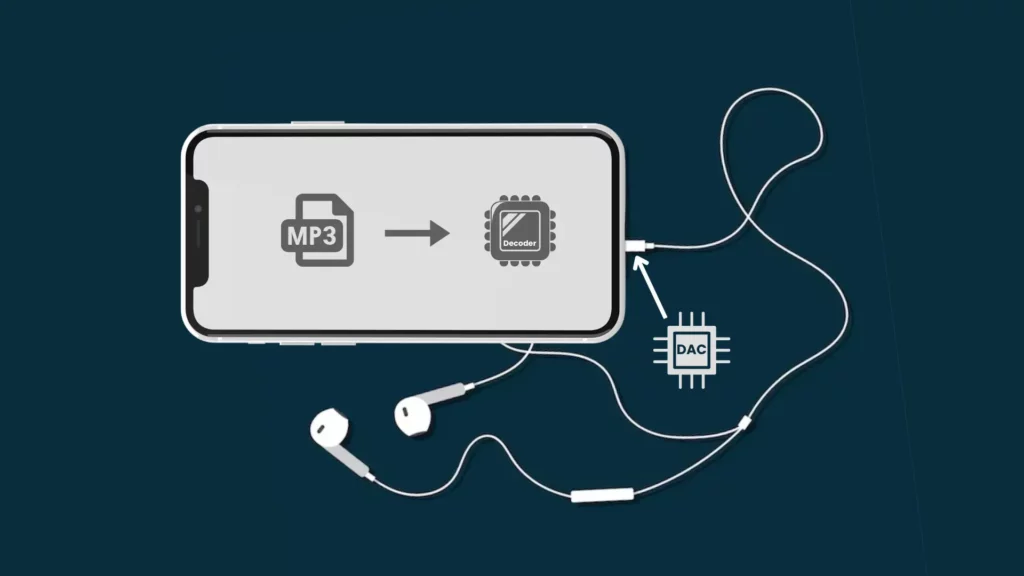
Process: Mp3 audio > Decoder > USB connector> DAC > Headphone or Speaker
The resulting audio quality is dependent on the quality of the DAC and any other factors that may affect the transmission of the signal, such as the quality and length of the cable used.
Now the question Is USB audio better than 3.5mm? Let’s find out!
Is USB audio better than 3.5mm?
The answer depends on various factors, including the quality of the digital-to-analogue converter (DAC) in each device and the audio file’s quality.
Generally, USB audio has the potential to deliver higher sound quality compared to 3.5mm audio. It supports superior digital audio formats and establishes a direct digital connection between the source device and the DAC. It converts the digital audio file to an analogue at the last moment inside the USB headsets or headphones. This can result in better sound quality, reduced noise, and improved performance, especially when handling high-resolution audio files.
However, it is crucial to consider the DAC quality in the USB Type-C device that receives the audio signal, as it significantly affects the overall sound output. Additionally, the sound quality can be influenced by the USB cable’s length and quality.
On the other hand, 3.5mm audio remains a widely-used and accessible method for transmitting audio signals, capable of delivering high-quality sound for various applications. However, the 3.5mm audio signal’s quality can be affected by factors such as the DAC quality in the source device, cable quality, and potential interference or noise.
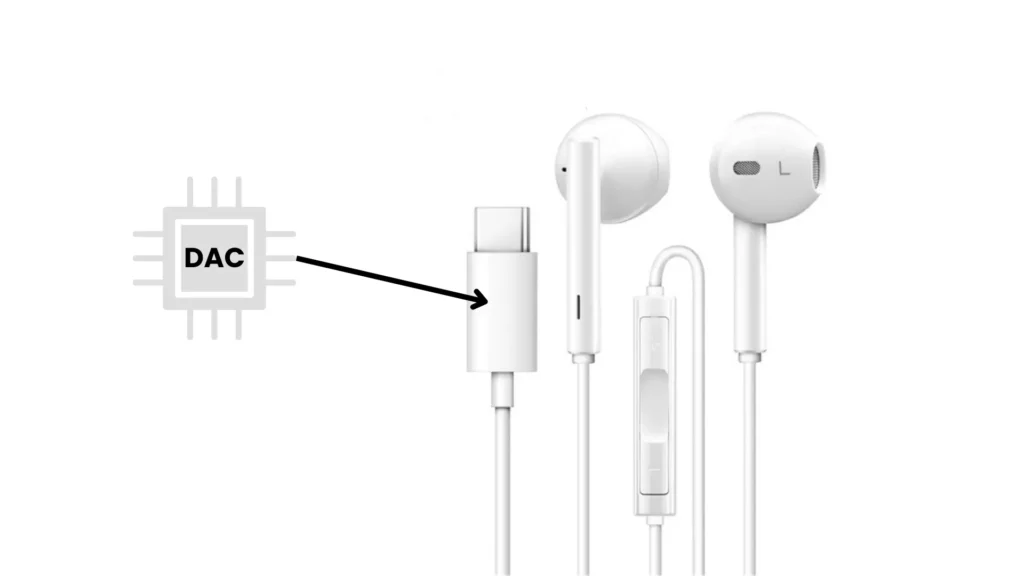
There isn’t a big difference between the USB audio and 3.5mm audio. The only difference is that USB Type-C headsets have their own DAC, USB controller, and amplifier and a 3.5mm headset doesn’t. 3.5mm headsets rely on the phone’s built-in DAC for audio data processing.
Ultimately, the choice between USB audio and 3.5mm audio depends on individual preferences, specific use cases, and the importance placed on factors such as audio quality, compatibility, and convenience. Additionally, with the emergence of wireless technologies like Bluetooth, users now have additional options to consider when it comes to audio connectivity.
Certainly! Here are the pros and cons of both 3.5mm audio signals and USB Type-C audio signals:
3.5mm Audio Signals Pros and Cons:
Pros:
- Universal Compatibility: The 3.5mm audio jack is a widely adopted standard across various devices, making it compatible with a wide range of audio equipment and accessories without the need for adapters or converters.
- Simplicity and Ease of Use: Connecting devices with a 3.5mm audio jack is straightforward and requires minimal setup. It is a plug-and-play solution, allowing for easy connection of headphones, speakers, and other audio peripherals.
- Analog Audio Quality: 3.5mm audio signals transmit analogue audio, which can provide high-quality sound reproduction with a potentially richer and more natural audio experience.
Cons:
- Fragility: The 3.5mm audio jack and cables can be relatively fragile, and frequent plugging and unplugging can lead to wear and tear, resulting in connectivity issues or audio quality degradation over time.
- Limited Functionality: 3.5mm audio jacks do not support functionalities like data transfer or charging, limiting their use to audio output only. With the trend of removing the 3.5mm jack from devices, users may need adapters or alternative solutions for additional features.
- Accessibility: The quality of the 3.5mm audio or sound cannot be altered since you are directly receiving the data from the phone’s DAC (Digital-to-Analog Converter) and relying on the capabilities of the phone’s DAC for audio output.
- Space Constraints: The 3.5mm jack occupies space in device design, which can be a limitation for manufacturers striving for slimmer and more compact devices. Removing the 3.5mm jack enables thinner designs and makes room for a bigger battery but may inconvenience users who still rely on wired audio peripherals.
USB Type-C Audio Signals Pros and Cons:
Pros:
- Digital Audio Quality: USB audio signals transmit digital audio, allowing for potentially higher audio quality and improved sound reproduction, especially with the use of high-quality digital-to-analogue converters (DACs).
- Lower the noise: As the digital data from the smartphone is converted and amplified at the last moment within the USB Type-C headset, it helps reduce the introduction of noise during the transmission process, resulting in improved audio clarity and minimizing unwanted disturbances.
- Accessibility: In cases where your phone is equipped with a low-quality DAC, you have the option to enhance the audio or sound quality by purchasing USB Type-C headphones that come with a high-quality DAC. This allows you to enjoy an improved audio performance by bypassing the phone’s inferior DAC and utilizing the superior DAC integrated into the USB Type-C headphones.
- Expanded Functionality: USB connections can support various audio features beyond just audio output. They can enable features like data transfer, device control, and power delivery, providing a more versatile audio experience.
- Enhanced Compatibility: USB audio signals are compatible with a wide range of devices, including computers, smartphones, tablets, gaming consoles, and audio peripherals. USB connections are becoming more prevalent and standardized across devices.
Cons:
- Compatibility and Drivers: Some USB audio devices may require specific drivers or software or adapters to function correctly. Compatibility issues may arise if the necessary drivers are not available for a particular operating system or device.
- Complexity: USB audio setups can be more complex compared to 3.5mm audio connections, especially when multiple devices or advanced configurations are involved. Users may need to navigate settings, configure drivers, or troubleshoot potential issues.
- Cost: USB audio solutions, especially those with high-quality DACs or advanced features, can be more expensive compared to traditional 3.5mm audio setups. Additional peripherals or adapters may also be required for compatibility with older devices lacking USB ports.
- Multiuse: Won’t be able to charge the phone while listening to music.
It’s important to note that the audio landscape is evolving, and wireless technologies like Bluetooth are gaining popularity, offering their own set of advantages and disadvantages compared to both 3.5mm and USB audio solutions.
Conclusion
In conclusion, the comparison between Is USB audio better than 3.5mm reveals a range of factors to consider when determining which is better. USB audio offers advantages in terms of potential digital audio quality, lower noise interference, expanded functionality, and enhanced compatibility with various devices. On the other hand, 3.5mm audio signals provide universal compatibility, simplicity of use, and potential analogue audio quality. Both of the connectors have their own pros and cons.
The quality of the digital-to-analogue converter (DAC) and the audio file being played are crucial factors in determining audio quality for both USB and 3.5mm audio. USB audio has the potential for higher-quality sound due to its support for high-resolution digital audio formats and a direct digital connection. However, the quality of the DAC in the receiving device and the cable used can also affect the sound quality.
3.5mm audio signals, while more widely used and accessible, can be impacted by factors such as DAC quality, cable quality, and potential interference. Additionally, the trend of removing the 3.5mm jack from devices may require adapters or alternative solutions for additional functionalities.
Ultimately, the choice between USB audio and 3.5mm audio depends on personal preferences, the specific use case, and the importance placed on factors such as audio quality, compatibility, and convenience. Furthermore, with the rise of wireless technologies like Bluetooth, users have additional options to consider when it comes to audio connectivity.
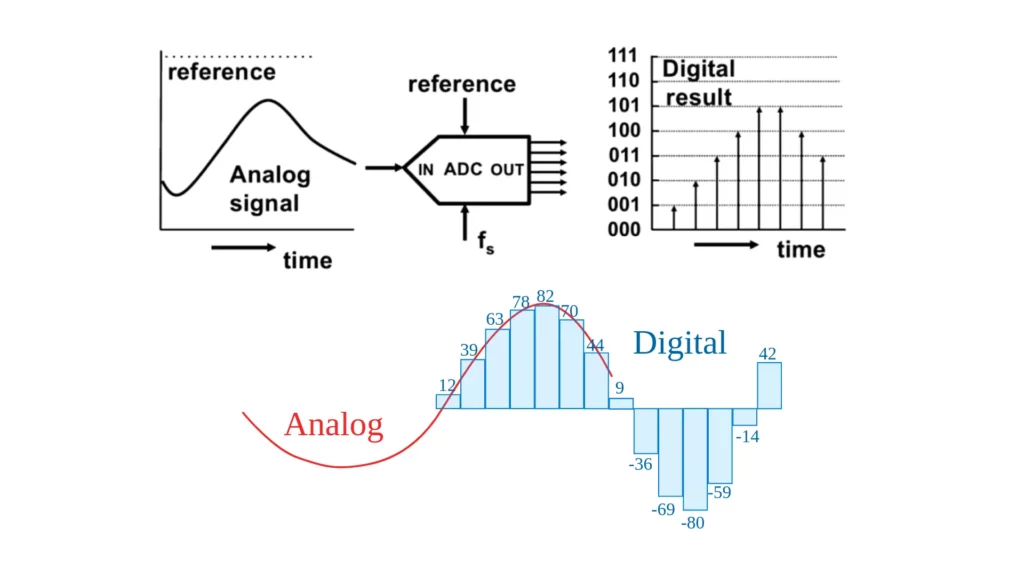
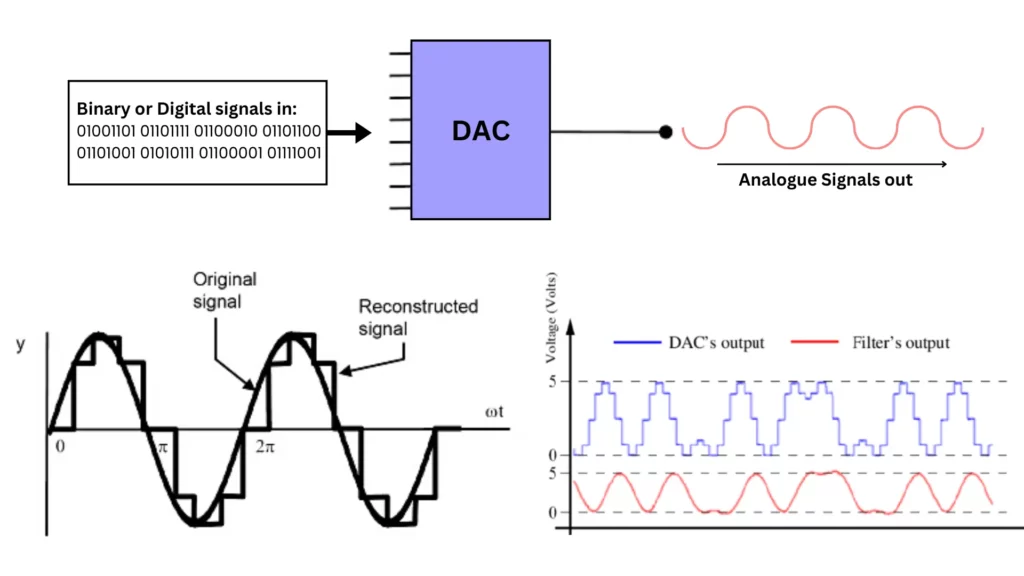
Pingback: What Is The Newest Samsung A Series Phone In 2023 - MobliWay